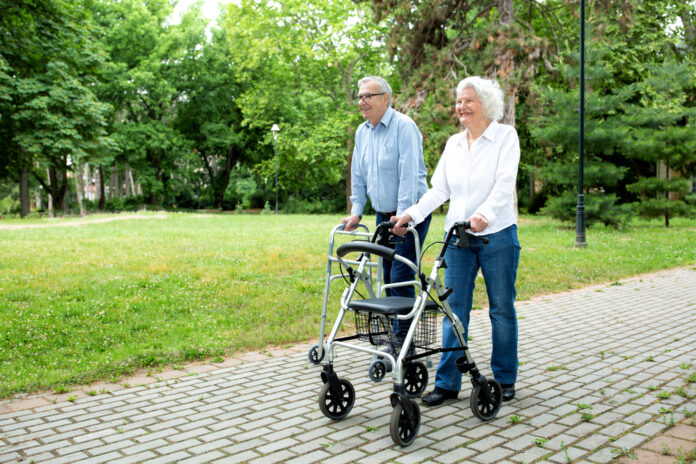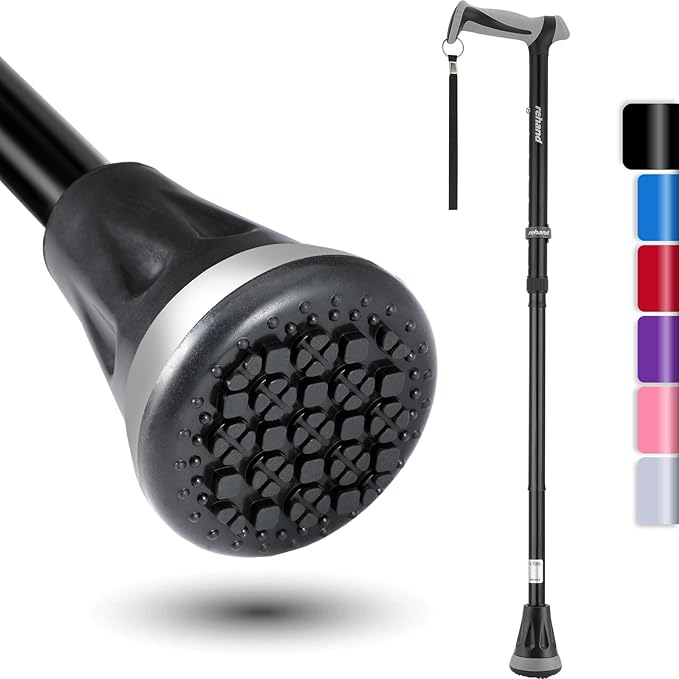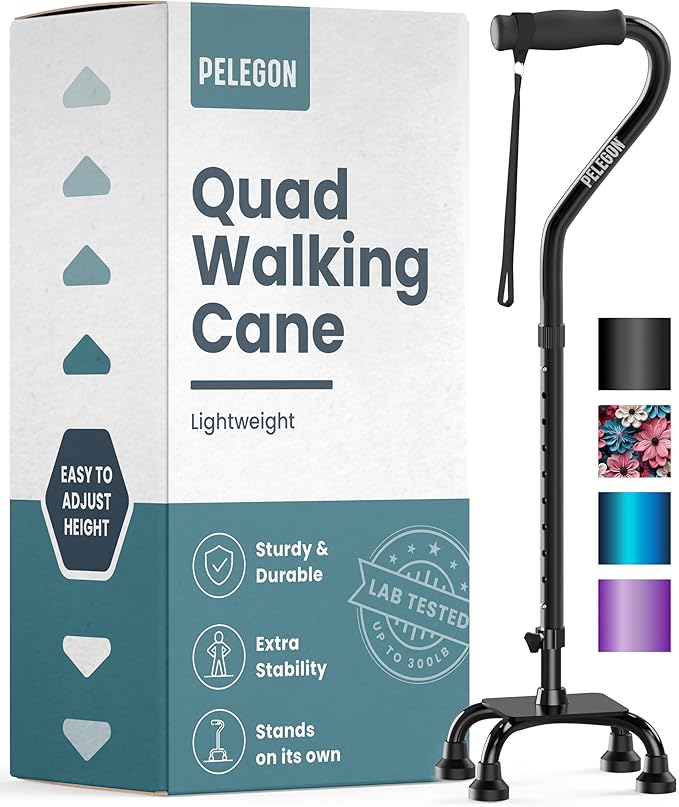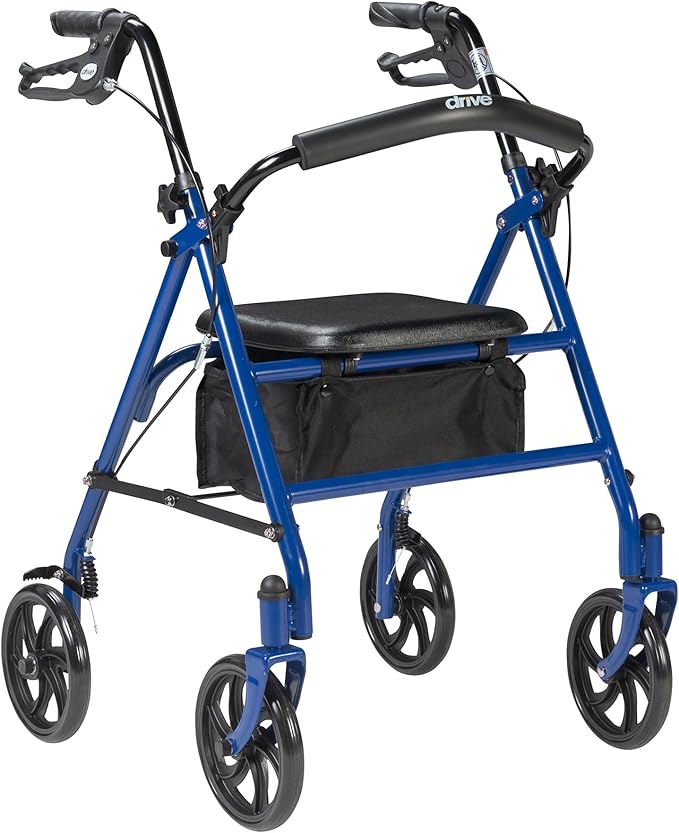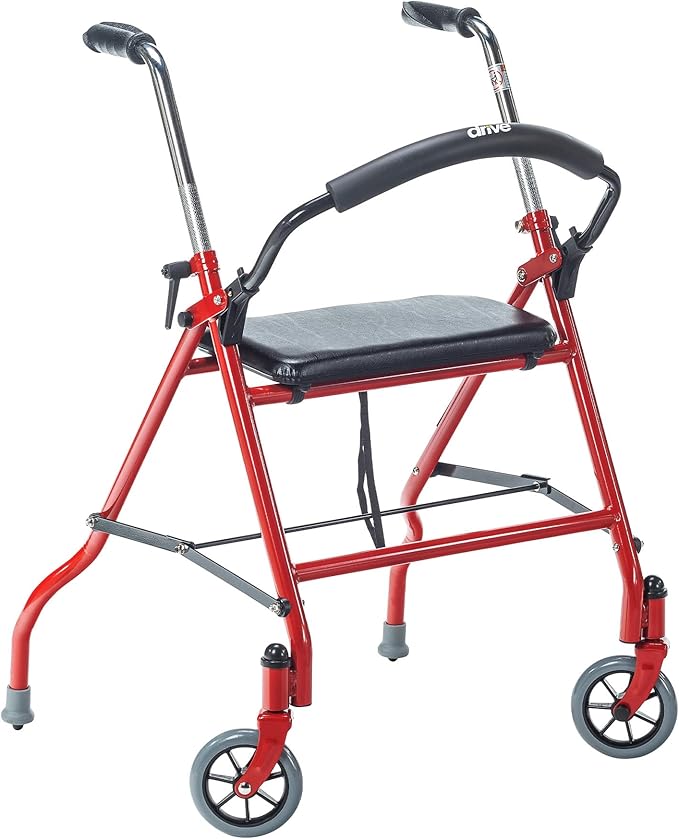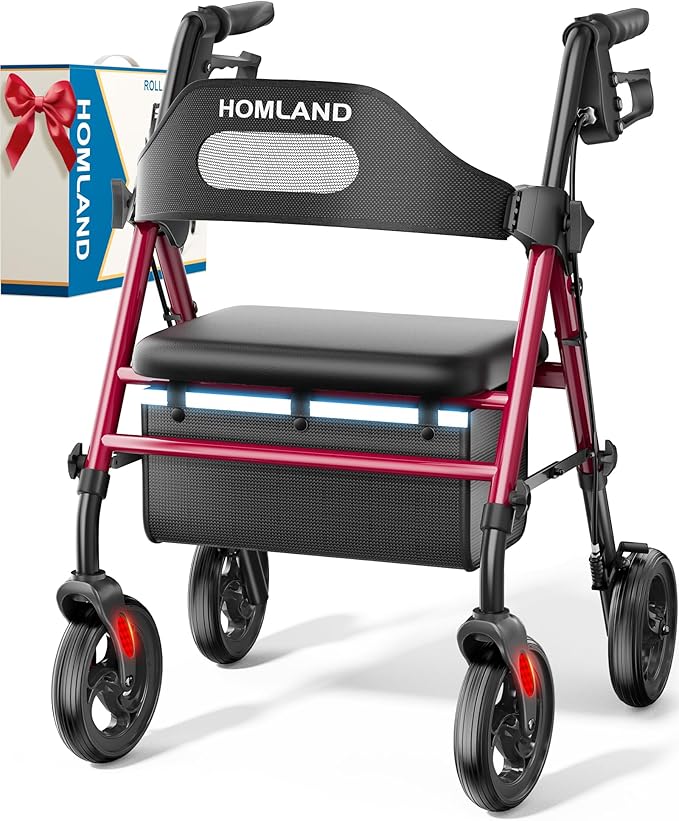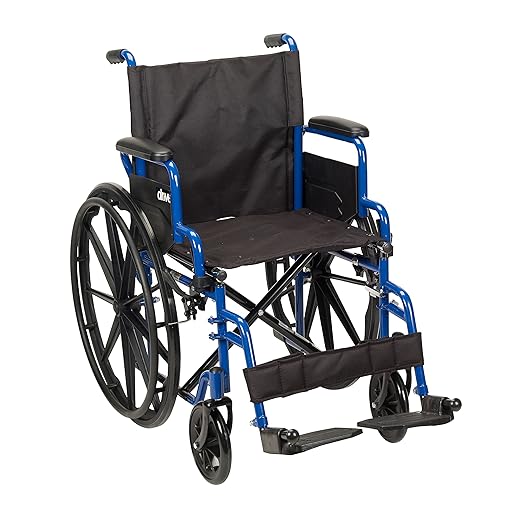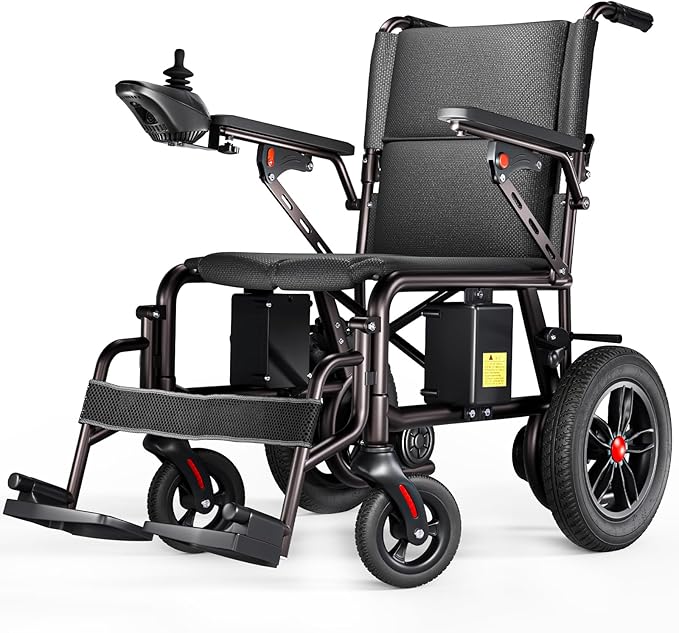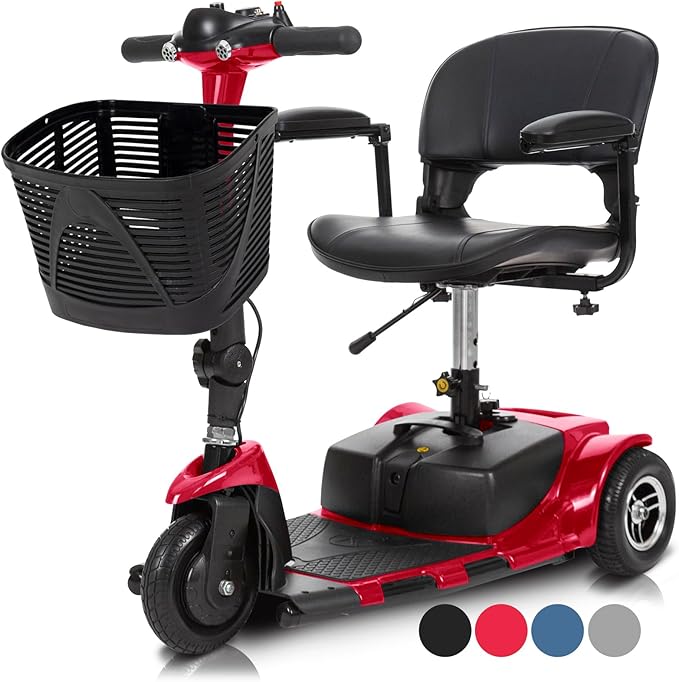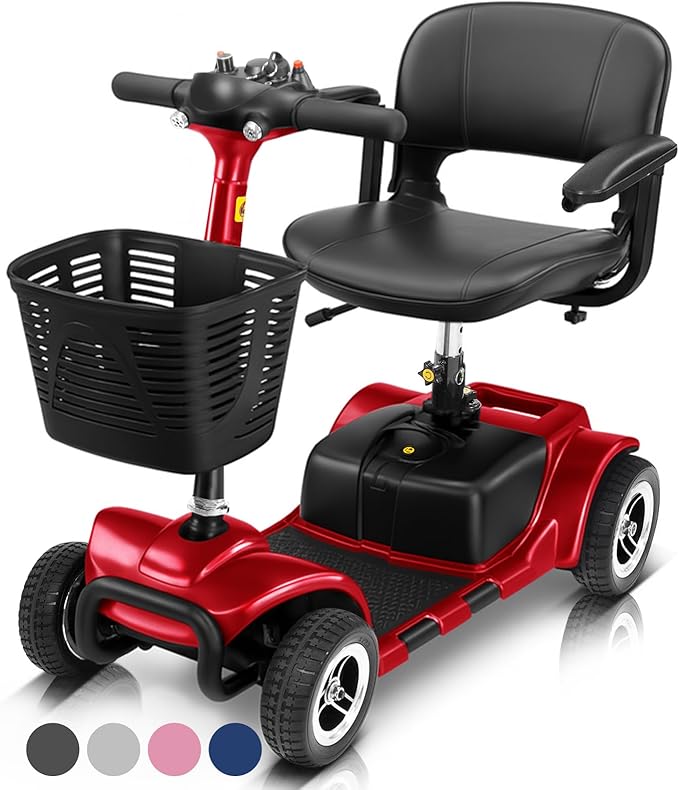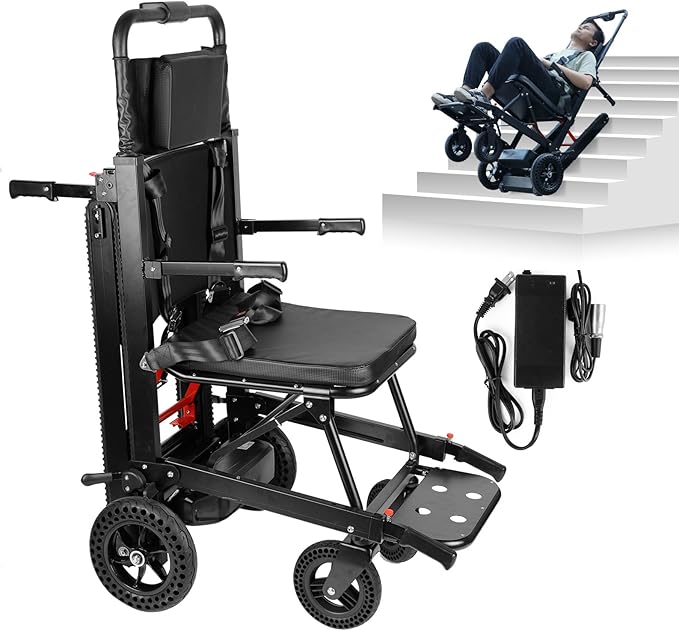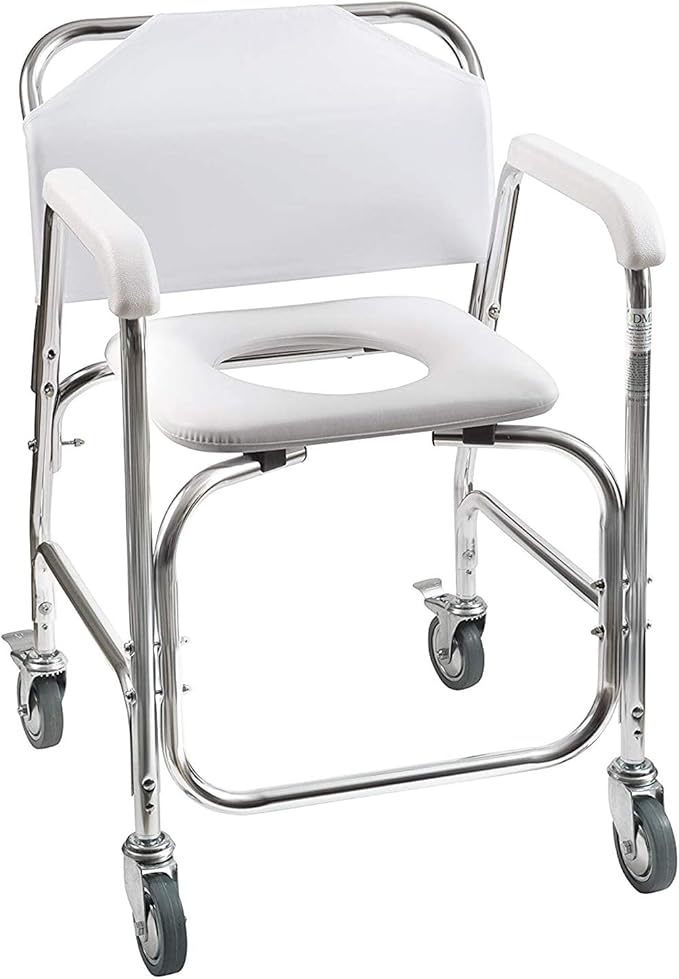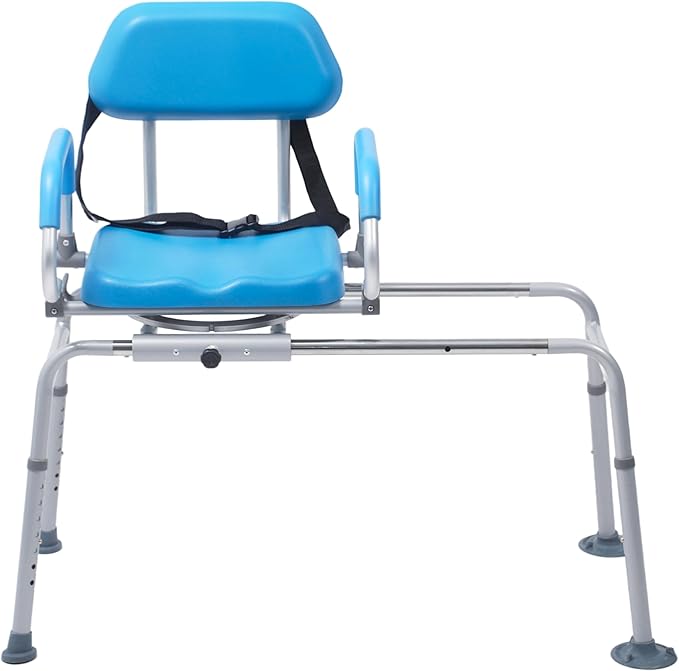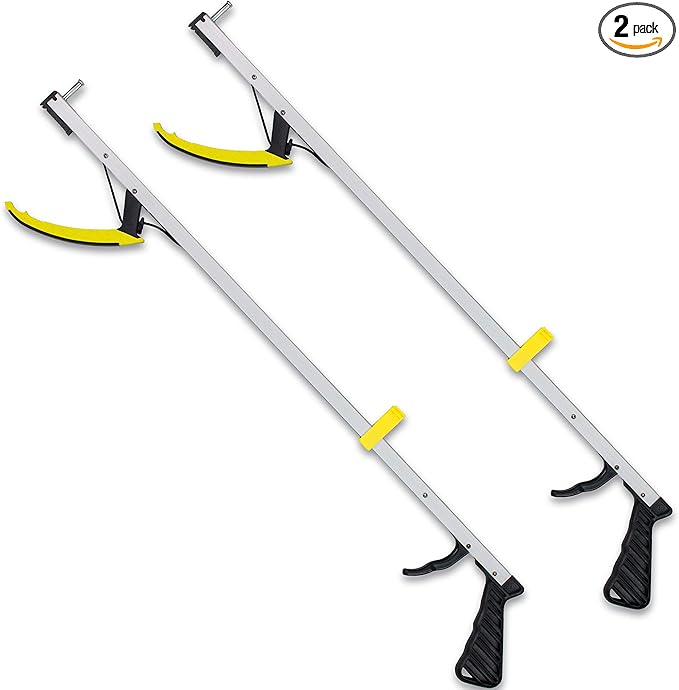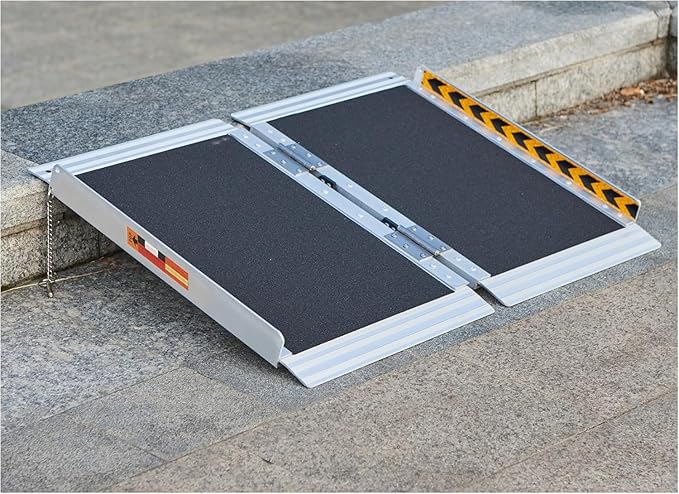Aging doesn’t mean losing independence. For many seniors, mobility aids are essential tools that empower them to maintain their freedom, safety, and quality of life. With the right mobility aid, everyday tasks become manageable, and exploring the world remains an exciting possibility. Let’s delve into the best mobility aids that help seniors stay independent.
Why Mobility Aids Matter
Mobility challenges often arise with age due to muscle loss, joint issues, or balance problems. These challenges can increase the risk of falls, leading to injuries that significantly impact a senior’s independence. Mobility aids provide support, stability, and confidence to navigate daily life. Choosing the right aid is crucial for safety and well-being.
Types of Mobility Aids
1. Canes
Canes are one of the most common mobility aids. They are ideal for seniors who need minimal support:
Single-Point Canes: Provide basic balance assistance.
REHAND Walking Cane
Quad Canes: Offer more stability with a wider base.
Adjustable Walking Quad Cane
2. Walkers and Rollators
Standard Walkers: Provide stability on all sides.
Drive Medical 10257BL-1 4 Wheel Rollator Walker With Seat
Two-Wheel Walkers: Easier to maneuver than standard walkers.
Drive Medical 1239RD Foldable Rollator Walker
Rollators: Equipped with wheels, hand brakes, and a seat for resting.
Foldable Rollator Walkers with Seat
3. Wheelchairs
Manual Wheelchairs: Require upper body strength to operate.
Drive Medical Blue Streak Lightweight Wheelchair
Power Wheelchairs: Motorized and controlled with a joystick, suitable for seniors lacking upper body strength.
Electric Wheelchair for Adults
4. Mobility Scooters
Three-Wheel Scooters: Better maneuverability for indoor use.
Vive 3 Wheel Mobility Scooter
Four-Wheel Scooters: Enhanced stability for outdoor use.
5. Stair Lifts and Home Elevators
Stair Lifts: Chair lifts installed along the staircase.
6. Bathroom Safety Aids
Shower Chairs: Allow seniors to sit while bathing.
Raised Toilet Seats: Ease the strain of sitting and standing.
7. Daily Living Aids
Reachers: Help grab items without bending or stretching.
RMS Featherweight The Original Reacher
Portable Ramps: Provide accessibility over steps and thresholds.
FACHNUO 2 Feet Portable Wheelchair Ramp
Choosing the Right Mobility Aid
Selecting the appropriate mobility aid depends on individual needs:
- Assess Physical Abilities: Consider strength, balance, and endurance.
- Consult Professionals: Occupational therapists can provide personalized recommendations.
- Try Before Buying: Whenever possible, test the device to ensure comfort and suitability.
Maintenance and Safety
Regular maintenance of mobility aids is essential:
- Inspect Regularly: Check for wear and tear.
- Follow Manufacturer Guidelines: For cleaning and upkeep.
- Professional Servicing: Seek expert help for repairs.
Well-maintained devices ensure longevity and reliability.
Financial Assistance
Mobility aids can be a significant investment. There are resources available to help:
- Medicare and Medicaid: May cover certain mobility aids.
- Veterans Assistance: Support for eligible veterans.
- Non-Profit Organizations: Offer grants or discounted devices.
Exploring financial aid options makes mobility aids more accessible.
Staying Active and Independent
Mobility aids are not just about movement; they’re about living life fully:
- Enhance Social Participation: Join community events and stay connected.
- Promote Physical Health: Engage in exercises suitable for individual abilities.
- Boost Mental Well-Being: Maintain a sense of autonomy and control.
An active lifestyle contributes to overall well-being in seniors.
Conclusion
The right mobility aid can transform a senior’s life, turning challenges into opportunities for independence and joy. By understanding the options and choosing wisely, seniors can continue to lead active, fulfilling lives.
Empower your independence today. Explore the best mobility aids and embrace the freedom to live life on your terms.


